Antisocial Behavior: Perspectives, Management Strategies and Outcomes
In this compilation, the authors offer supplementary support to the idea that temperament theory is essential to developing upon the understanding of the etiology of antisocial behavior (and criminal justice) by documenting a basis for why the sex of the child is the strongest predictor of antisocial behavior. Additionally, a study is presented on the relationship between residents’ ASB perceptions and their levels of participation in housing management in private multi-owned housing developments. The authors developed an analytic model exemplifying how ASB perceptions can have a catalytic effect on resident participation in multi-owned housing developments management. The model was tested based on the findings of a structured questionnaire survey on residents of private multi-owned housing developments in Hong Kong. A chapter is included wherein the definition of dating violence and the different types of gender violence are expressed, as well as the mechanisms operating in situations of intimate partner violence during adolescence. The predominant causes of violence, grounded in the Ecological Systems Theory of Human Development, are outlined. The book ends by deliberating on some of the core behavioral problems in adolescence in the school environment, especially bullying. The authors analyze the characteristics of aggressors and victims involved in these situations, as well as the role of bystanders, and an outline of intervention strategies is provided.
{{comment.content}}
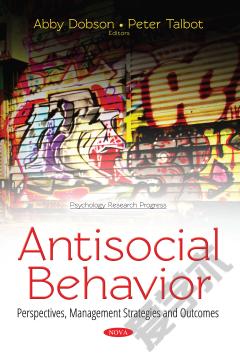
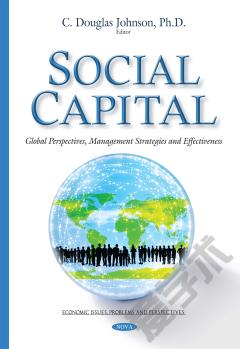
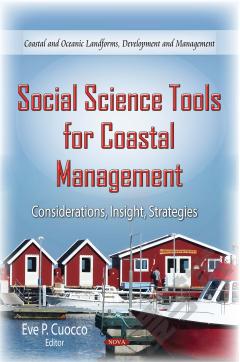
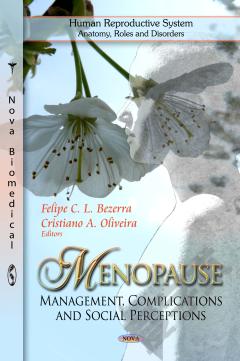

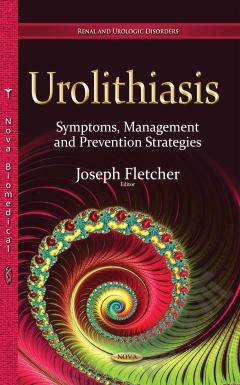


 京公网安备 11010802027623号
京公网安备 11010802027623号